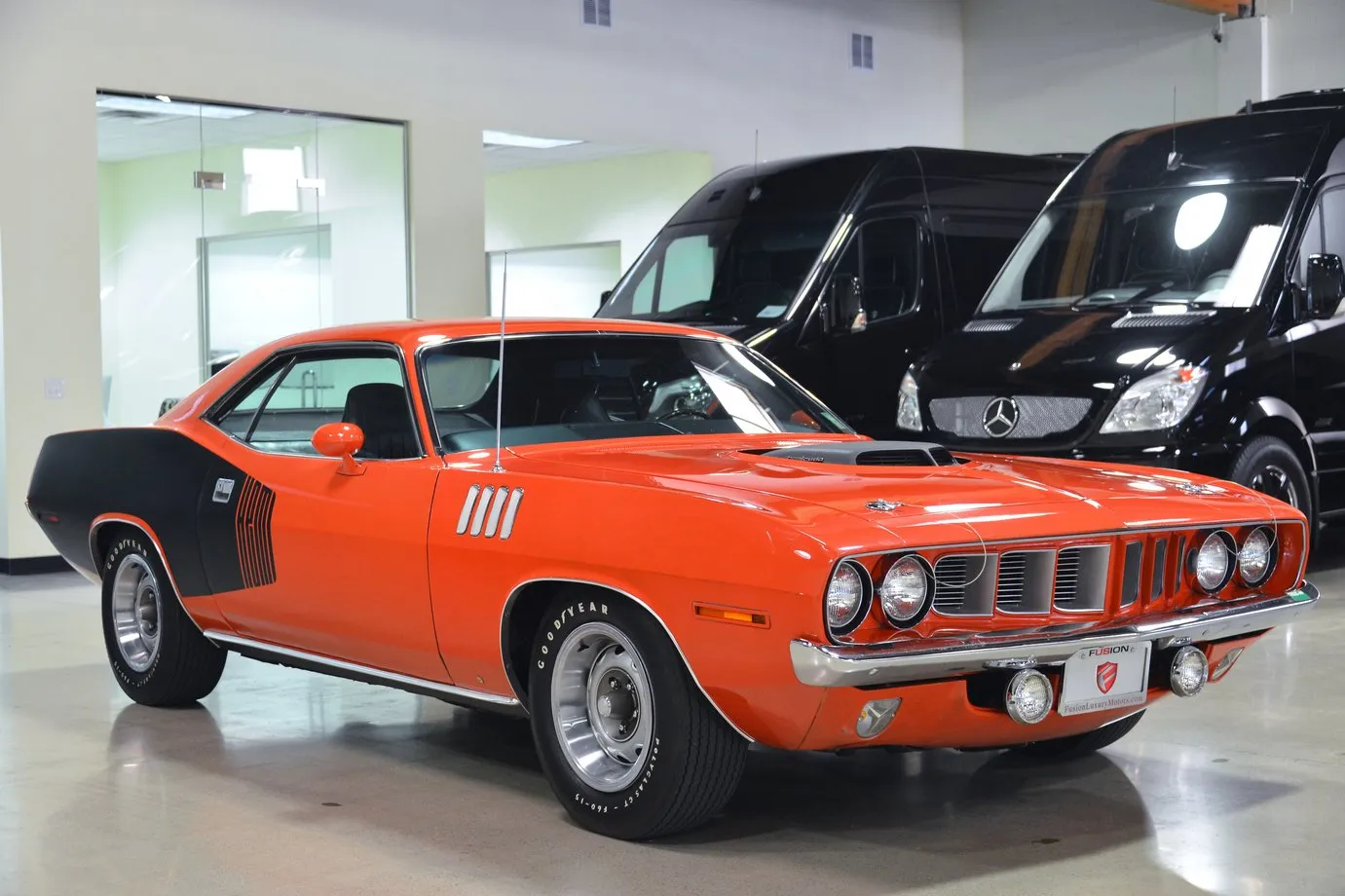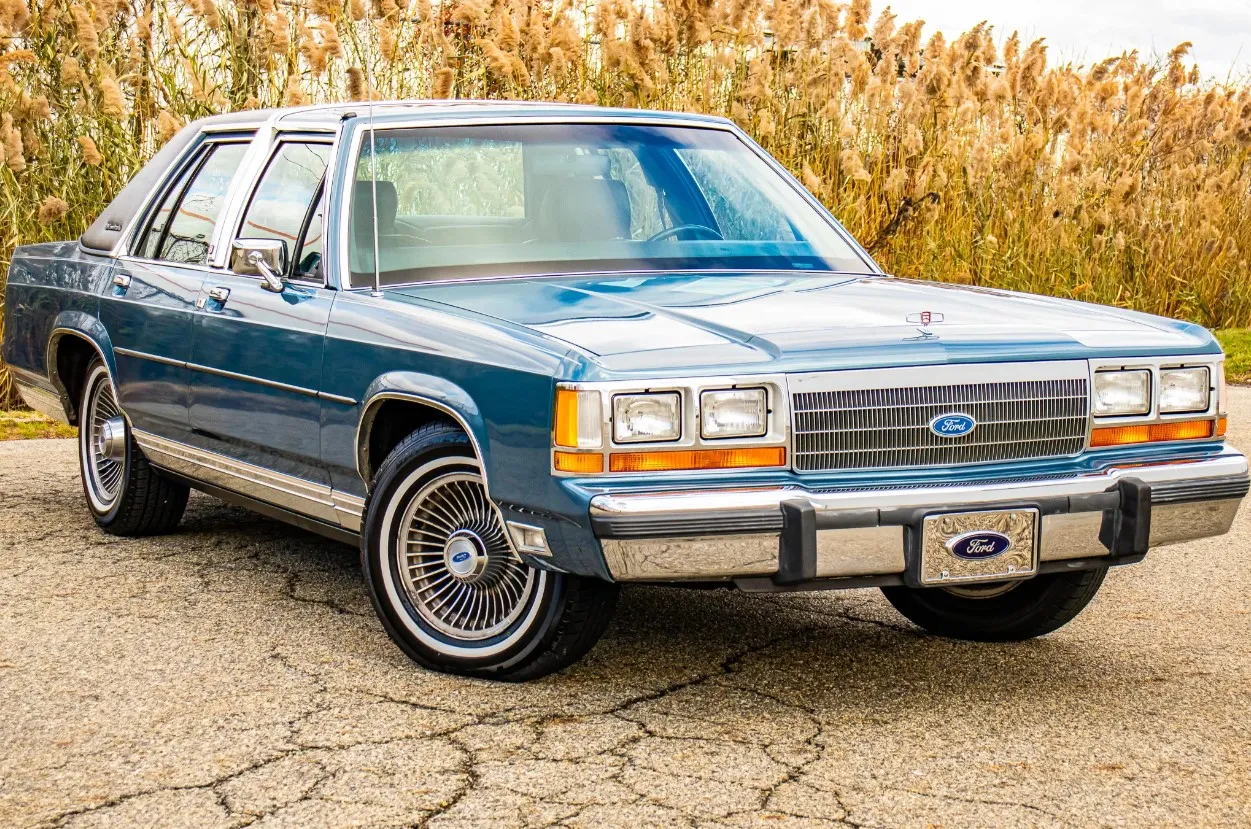In the post-World War II era, as America transitioned from a wartime economy to one of prosperity, the automotive industry experienced a renaissance. It was in this climate of innovation and renewal that the 1948 Ford F-1 Pickup emerged, etching its place in history as an iconic vehicle that not only reflected the spirit of the times but also played a crucial role in shaping the automotive landscape.
Design and Aesthetics
The 1948 Ford F-1 Pickup was a striking blend of rugged functionality and refined design. Ford, known for its commitment to craftsmanship, introduced a more streamlined and modern aesthetic compared to its predecessors. The front grille featured horizontal bars, creating a bold and distinctive look. The iconic round headlights were integrated seamlessly into the fenders, adding a touch of elegance to the rugged exterior.
The cabin design of the F-1 Pickup was notable for its simplicity and practicality. The emphasis was on creating a comfortable and functional space for both driver and passengers. The dashboard, adorned with chrome accents and straightforward instrumentation, reflected the no-nonsense approach of the era.
Performance and Power
Under the hood, the 1948 Ford F-1 boasted a robust and reliable powertrain. The standard engine was the 95 horsepower flathead V8, a powerhouse for its time. This engine not only provided the pickup with ample power for both work and leisure but also contributed to its reputation for durability. The F-1 Pickup was designed to handle the demands of various applications, from agricultural work to urban deliveries.
The chassis of the F-1 was built for toughness, featuring a sturdy ladder frame that could withstand heavy loads and rough terrains. The suspension system, a combination of solid front and rear axles, added to the truck's stability and dependability on the road. This commitment to performance made the 1948 Ford F-1 a favorite among farmers, tradesmen, and anyone seeking a reliable workhorse.
Cultural Impact
Beyond its technical prowess, the 1948 Ford F-1 Pickup played a significant role in shaping American culture. In the post-war period, the pickup truck became more than just a mode of transportation; it embodied the spirit of progress, hard work, and the American dream. The F-1, with its distinctive design and versatile capabilities, symbolized the optimism of the era.
Farmers found in the F-1 a reliable partner for their agricultural endeavors, while small businesses embraced its utility for deliveries and transportation. The pickup truck, and particularly the F-1, became a status symbol, representing the can-do attitude that defined post-war America.
Enduring Legacy
The 1948 Ford F-1 Pickup left an indelible mark on automotive history, not only for its immediate success but also for its lasting influence on subsequent generations of trucks. The design principles established in the F-1 laid the foundation for the evolution of pickup trucks, with subsequent models continuing to build upon its legacy.
Restoration and preservation efforts by enthusiasts worldwide have kept the F-1 Pickup alive and well, ensuring that its impact on automotive history is not forgotten. Classic car shows and exhibitions frequently feature lovingly restored examples of the 1948 F-1, allowing new generations to appreciate its timeless design and historical significance.
Conclusion
In the tapestry of automotive history, the 1948 Ford F-1 Pickup stands out as a symbol of resilience, innovation, and the American spirit. Its distinctive design, reliable performance, and cultural impact make it a classic that transcends the boundaries of time. The F-1 Pickup not only played a crucial role in post-war America but also laid the groundwork for the pickup trucks that continue to be an integral part of American life today. As we look back on the legacy of the 1948 F-1, we celebrate not just a vehicle but a testament to the ingenuity and determination that defined an era.

